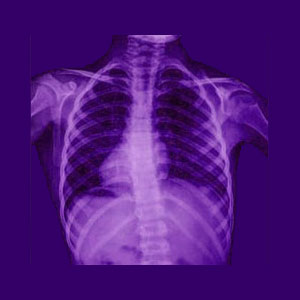
Idiopathic scoliosis is the most common variety of all aberrant side-to-side spinal curvatures. Idiopathic means that the exact cause of the condition is unknown. This variety of scoliosis condition usually affects adolescent children, but may affect victims both younger and older less frequently. Most cases of scoliosis are mild to moderate and rarely cause any symptoms, nor require any specialized treatment. However, all should be watched by a qualified care specialist, since spinal curvature may develop into a serious health crisis in extreme circumstances.
The scope of this article will help to provide a greater insight into idiopathic vertebral column curvatures, including their classification and treatment protocols.
Idiopathic Scoliosis Conditions
Different forms of scoliosis can affect children or adults at any age, but normally begin during the period of substantial growth during adolescence. The specific terminology used to name the condition depends upon the age when the patient demonstrates the beginnings of the spinal curvature. Since most adult curvature issues can be linked to a known structural process or injury, we will concentrate on true idiopathic curvatures which occur in children and teens:
Idiopathic congenital scoliosis forms a curved spine prior to birth.
Idiopathic infantile scoliosis begins before the age of 3.
Idiopathic juvenile scoliosis begins between the ages of 3 and 9.
Idiopathic adolescent scoliosis begins between the ages of 10 and 18.
The adolescent sub-group is the most common of all the varieties, accounting for 75% to 85% of all diagnosed cases of atypical side-to-side curvature profiles.
Idiopathic Spinal Curvature Treatment
Most children and teens who develop minor scoliosis will be frightened by the condition. It is crucial to assure them that they will be alright and that they will most likely not require any special treatment.
However, children with serious curves might require medical care and in these cases, parental reassurance should be that much stronger, to keep the child from developing a diagnostic nocebo reaction which could lead to chronic pain expressions for life.
Regardless of the extent of any spinal curvature, the condition should always be monitored by a qualified physician. If treatment is indicated, always seek this care from an expert in scoliosis, since a general practitioner may not have the necessary expertise to provide the very best care, mentally or physically.
Idiopathic Scoliosis Advisory
By nature, any idiopathic health issue stems from an unknown source process. Scientists do have some ideas about what may contribute to scoliosis, but these factors are not universally applicable and many exceptions exist. Genetics obviously play a major factor, as may some behavioral and lifestyle factors during pregnancy.
Since scoliosis is difficult to effectively treat, the best hope for the future lies in the ability to recognize causative and contributory factors and eliminate them to prevent abnormal spinal curvatures from occurring in the first place. Hopefully, with time, effort and innovation, less children in the future will have to contend with any type of spinal abnormality.




